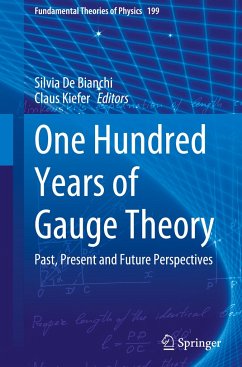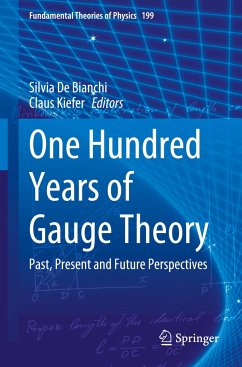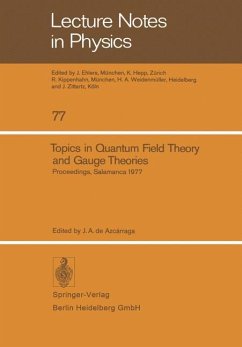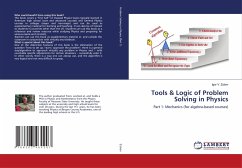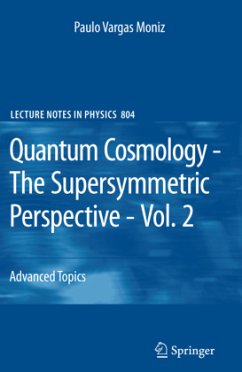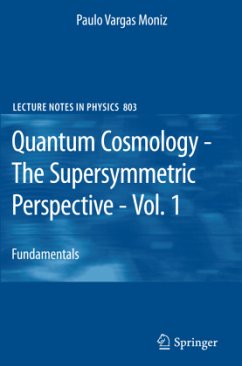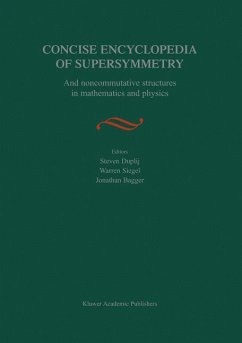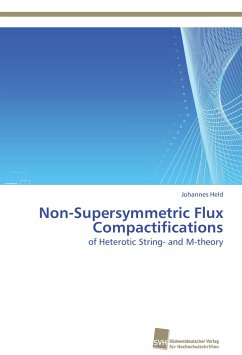
Gauge Hierarchy Problem
Solution in Supersymmetry
Versandkostenfrei!
Versandfertig in 1-2 Wochen
26,99 €
inkl. MwSt.

PAYBACK Punkte
13 °P sammeln!
There are four fundamental forces: gravitational, electromagnetic, strong and weak nuclear. These interactions can be described by gauge fields. It is natural to know about their inter-relationship. Weinberg-Salam model unifies weak and electromagnetic interactions and propounds electro-weak theory i.e. above 100 GeV, weak and electromagnetic interactions are inseparable. The grand unification of strong, electromagnetic and weak interactions is possible at twelve-thirteen orders higher in GeV scale and this unification is termed as Grand Unification Theory (GUT). If we include gravity then mas...
There are four fundamental forces: gravitational, electromagnetic, strong and weak nuclear. These interactions can be described by gauge fields. It is natural to know about their inter-relationship. Weinberg-Salam model unifies weak and electromagnetic interactions and propounds electro-weak theory i.e. above 100 GeV, weak and electromagnetic interactions are inseparable. The grand unification of strong, electromagnetic and weak interactions is possible at twelve-thirteen orders higher in GeV scale and this unification is termed as Grand Unification Theory (GUT). If we include gravity then mass scale is described as Planck's scale and such unified theories are known as supergravity (SUGRA) theories. The ratios of these masses are very small which lead to gauge hierarchy problem. This problem can be evaded if there exists in the theory a symmetry, albeit softly broken, that automatically constraints the radiative corrections to a reasonable size such a symmetry is supersymmetry (SUSY).



